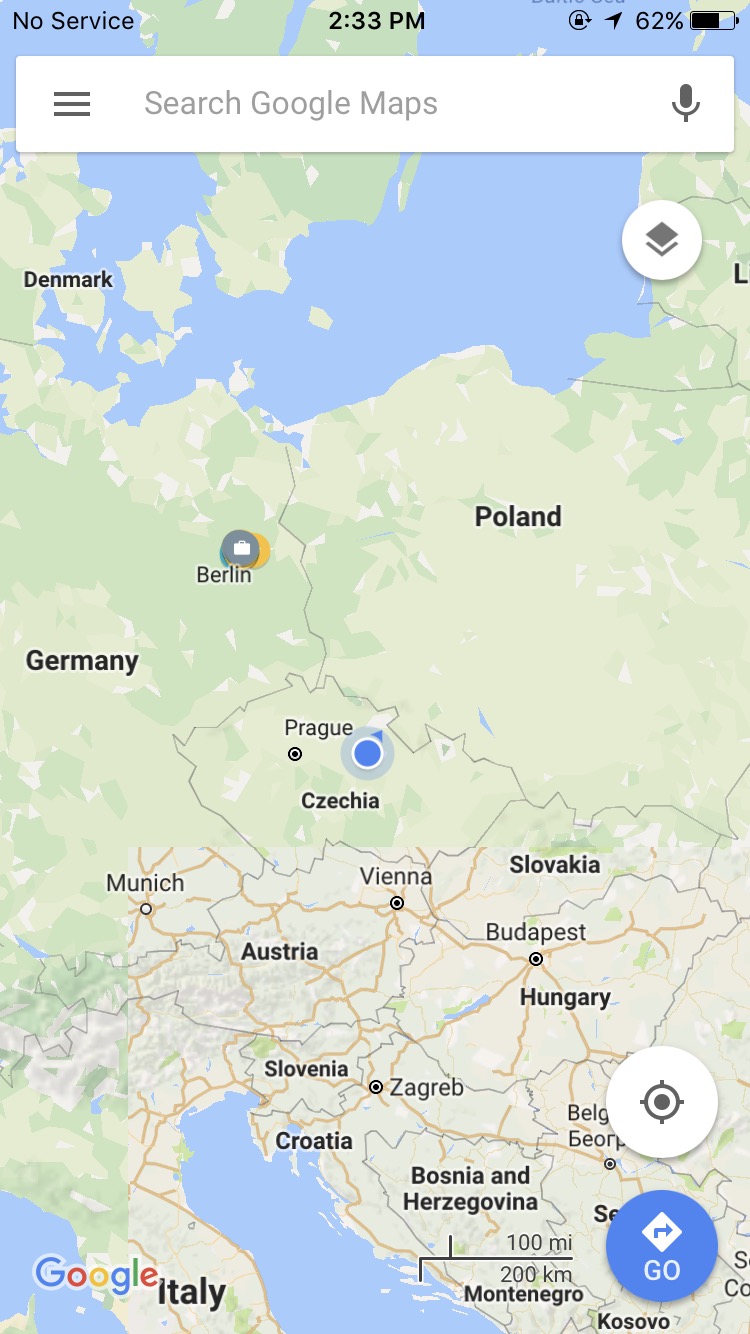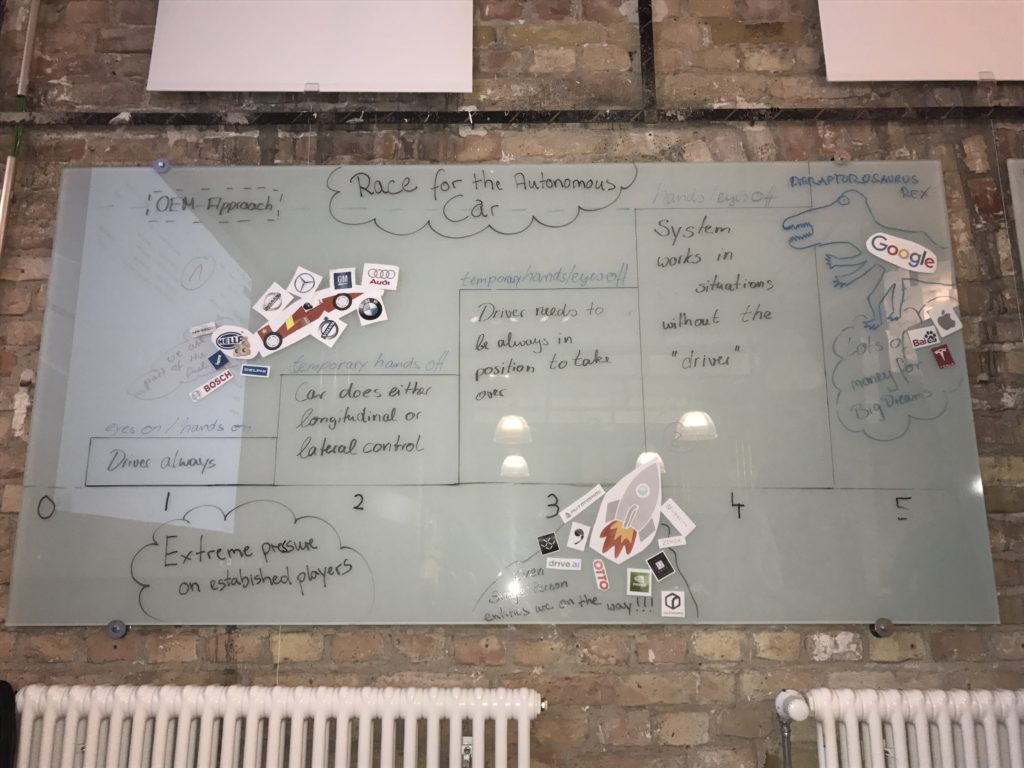A friend of mine was asking for book recommendations. He said he doesn’t like reading but every year, he tries to find books that would make him love reading.
I had the same problem but in a different way. Arabic books were never interesting. They are mostly literature and history. I am more interested in science, technology and later discovered I have other interests like philosophy, psychology, economics, and business. English books were not as accessible and because my English wasn’t as good as it is now, it was hard to get an English book and fully read it.
Two things changed all of this. E-readers and reading the first interesting book. E-reders and reading my first book.
E-readers
E-readers solved three problems.
Having to carry a physical book since my hands get tired quickly by carrying physical books and having to use both hands most of the time to read them.
The second problem was being able to translate any word I don’t understand using the e-reader’s built in dictionary.
The third is accessibility. I could download any book I wanted from the internet and if I don’t like it, I would just delete it and download a different one.
Reading my first book
The first English book I fully read is “Brain Rules”. My colleague Ahmed Gamal had a Sony e-reader back then and he gave it to me to read a little. I liked it and decided to buy an e-reader. I finished Brain Rules on my e-reader then Amr Samir was reading Gladwell’s outliers. He told me what the book is all about, I got hooked, and decided to read it next. Since then I read all the books on my books list.
Now reflecting on this, if you want to get started reading books, these are few things I tried that worked with me and some of my friends.
The medium
Find your preferred medium. Paperback. E-Book on tablet/phone. E-reader. or Audio?
I only read e-books on my Kindle and listen to audio books on Audible. Recently I am experimenting listening to the Audible version of “The intelligent investor” while reading it on my phone. The kindle app automatically flips the pages as the Audio progresses.
The mood
To start reading, you need to have a reading mood. Some read while in transportation, others like to read in bed. Some have a dedicated chair or sofa where they dim the lights and read. Finding your “reading mood” is very important to get started.
I read ebooks before sleeping, and I listen to audio books while commuting/walking. I tried taking my Kindle with me outdoors but couldn’t read since I am very easily distracted.
The first book
The first book you completely finish is the most important. It takes time to find this one. You need to start looking at what titles interest you, buy a few ones, and try to read them one by one until you are hooked to one of them.
Preferably make the first few books short. No more than 250 pages. I also found with some people that audio books work better as a reading starter since they require less effort. However, if you are starting with audio, make sure to pick ones that are 7-8 hours maximum. One of the drawbacks of audio books is you lose focus and have to repeat some parts. So the shorter the better in the beginning.
Friends with Books
While book tastes are personal, having friends who love to read, understand you and your taste is invaluable.
Your friends will mostly have a similar taste to yours, and since they are your friends they will know what you may like. Reading a book recommended by a friend who read it gives you the motive to finish – as long as it is interesting – to have a discussion with that friend later.
Ask your friends what they recommend to you. Pick a few of these titles, try to read them, and discuss them with those friends. My happiest moments are when someone says they liked a book I gave to them, and we start a discussion on that book.
Those were my E£0.36 (according to today’s exchange rate). The key here is trying different things until you find what makes you read. And as Sia said “Never give up”.
I have a page with all the books I read here. If you have any questions or looking for recommendations, shoot a comment or a message.




